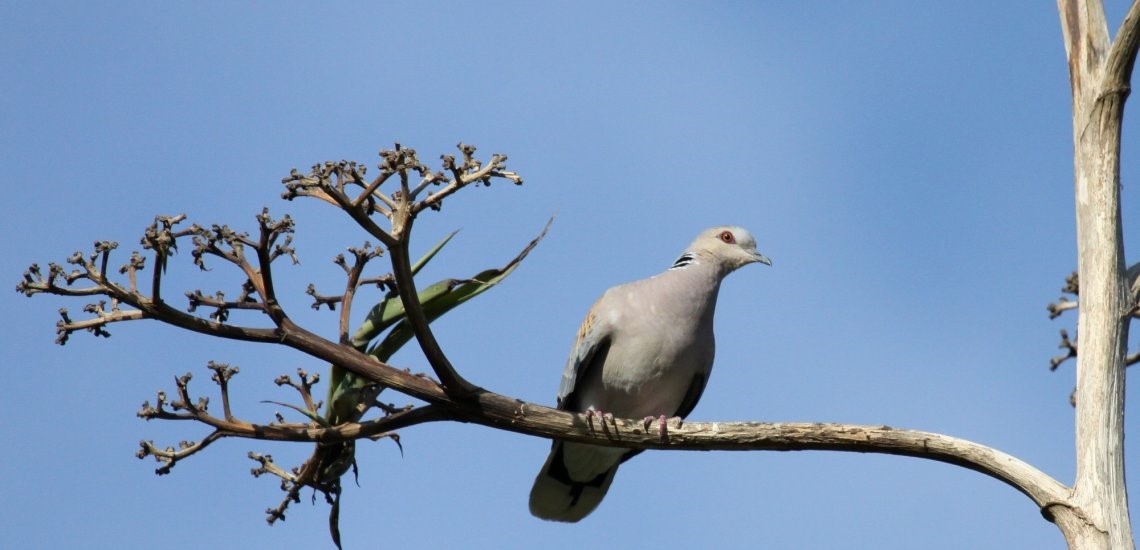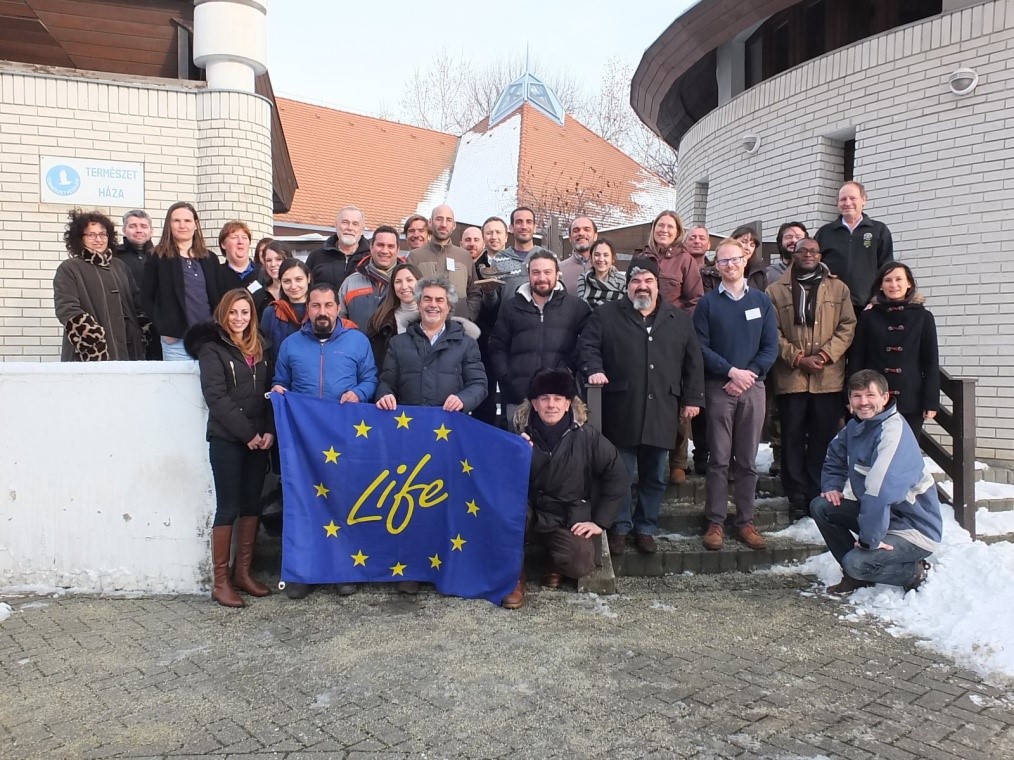Joscelyne Ashpole from RSPB explains why there is new hope for the turtle dove across its migratory flyways.
In ancient Greek mythology, the European Turtle-dove Streptopelia turtur was purported to be sacred to Demeter, goddess of the harvest and agriculture. As a species of cultivated areas and woodland, the Turtle-dove would have been a familiar farmland sight – as it would continue to be for a great many centuries to come. Today, however, the Turtle-dove – like all too many of Europe’s once common farmland birds – is declining at an alarming rate in numerous countries across our continent and is now listed as ‘Vulnerable’ on the IUCN Red List.

“the sharpest declines that we know about are found along the western flyway”
A long-distance flyer, the Turtle-dove migrates from its European breeding grounds to winter in Africa. All three main migratory flyways – western via France and Spain, central via Italy and eastern via Greece – present perilous hurdles including lack of food and water, hunting and illegal killing as well as sea and desert crossings to reach sub-Saharan Africa. But the sharpest declines that we know about are found along the western flyway: from the UK, Germany, Belgium and the Netherlands down through France, Spain and Portugal. Overall, the European population is estimated to be declining at a rate of 30-49% over a 16 year period. But in the UK, the situation is even worse with numbers plummeting by almost 95% in the last twenty years.
To reverse this downward spiral, the Turtle-dove was chosen to be one of the 16 iconic bird species targeted by the EU-funded LIFE EuroSAP project, launched in 2015. The project studies the entire life-cycles and migratory routes of some of the most charismatic and threatened birds in Europe with a view to developing specific Species Action Plans (SAPs) to conserve populations on a continental scale.
The first draft of the European Turtle-dove Action Plan – coordinated by BirdLife International and the RSPB (BirdLife in the UK)[1] – was published this April. It details an initial set of proposed conservation actions to tackle habitat loss, lack of food availability and the impact of hunting over a ten year period.
This draft is now out for consultation: governments, conservation organisations, scientists, hunting organisations and other groups from across the Turtle-dove’s European, Central Asian and African range, now have the chance to comment on and shape the Action Plan before it is launched in early 2018. So far, the process has involved more than 130 experts from across countries and disciplines; it’s truly great to see the Turtle-dove – a fabled symbol of fidelity – bringing together such a diverse array of people. We’ve gotten off to a flying start and it feels like there could be new hope for the future of the Turtle-dove in Europe.

You can view the draft Turtle-dove Action Plan online via the Species Action Plan Tracking Tool.
[1] The project is co-financed by the European Commission Directorate General for the Environment, the African-Eurasian Migratory Waterbird Agreement (AEWA).
This article was originally published on the BirdLife Europe website (http://www.birdlife.org/europe-and-central-asia/news/flying-start-%E2%80%93-new-hope-turtle-dove).








